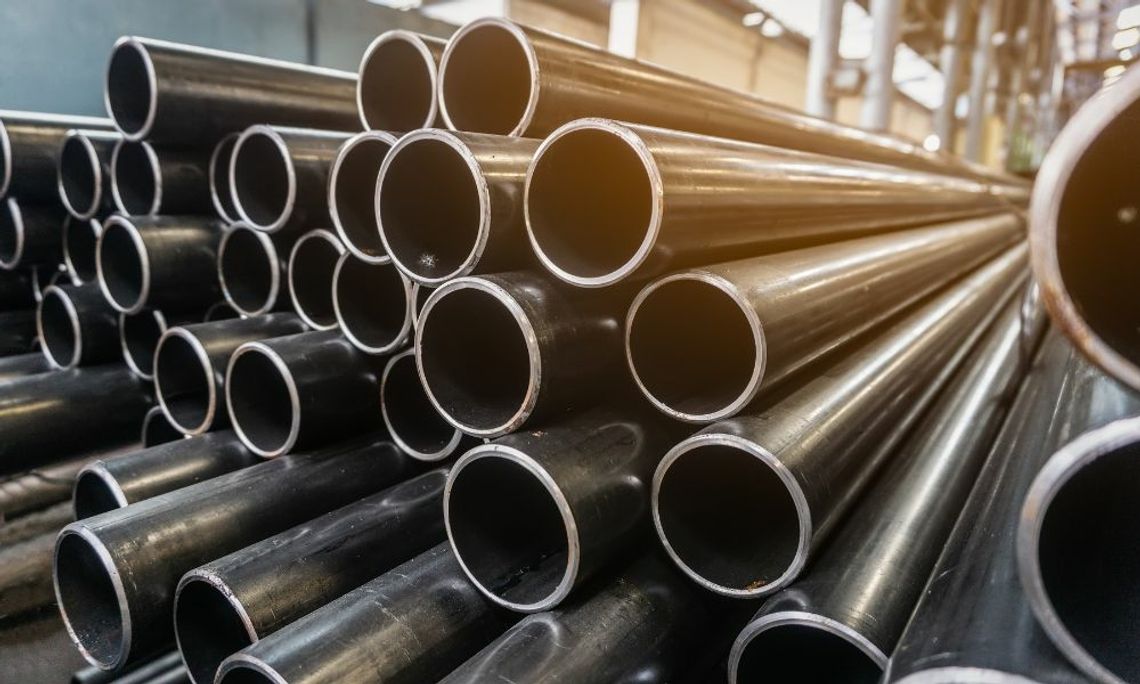In order to choose the right material for a project, many factors must be considered. One of the most important considerations is the material’s strength and durability. Duplex stainless steel is a popular material choice in many industries today.
This steel is a versatile, corrosion-resistant material with unique physical properties that make it ideal for various applications. Explore what duplex stainless steel is, its characteristics, and what it is used for.
What Is Duplex Stainless Steel?
Duplex stainless steel is a type of steel that is both austenitic and ferritic. Austenitic stainless steel is non-magnetic and known for its excellent corrosion resistance. In contrast, ferritic stainless steel is magnetic and provides good corrosion resistance, although not as well as austenitic steel. Duplex stainless steel combines the properties of both types, making it strong and corrosion resistant. This type of steel is made by mixing chromium, nickel, and molybdenum, which gives it excellent resistance to pitting, crevicing, and stress corrosion cracking.
Characteristics of Duplex Stainless Steel
Duplex stainless steel has several unique physical properties, making it a valuable material for different applications. Its high strength and overall toughness make it ideal for structural needs, and its excellent resistance to corrosion means it is durable in harsh environments. This steel can also withstand high mechanical and thermal stress without deforming or cracking. The material has an attractive appearance, with a shiny, silvery finish, making it popular for architectural and decorative uses.
Uses of Duplex Stainless Steel
Duplex stainless steel is used in various industries, including mining, oil and gas, chemical processing, marine, automotive, architectural, and construction. Its strength, durability, and resistance to corrosion make it ideal for manufacturing pump parts, pressure vessels, heat exchangers, and storage tanks. It is also used in seawater environments, such as shipbuilding and offshore drilling platforms, where it must withstand high temperatures and pressures. In addition, designers and architects use duplex stainless steel for decorative purposes like railings, facades, and sculptures.
Advantages of Duplex Stainless Steel
Certain duplex stainless steel properties set it apart from other materials, giving it some advantages. Its high strength makes it possible to use a thinner gauge of material without sacrificing durability. It is also weldable, allowing for easy fabrication and repair. This steel’s outstanding resistance to corrosion means it is less likely to experience corrosion-related failures, which helps reduce maintenance costs. Additionally, the material has a longer lifespan, contributing to lower lifecycle costs for the products it is used in.
Disadvantages of Duplex Stainless Steel
There are a few disadvantages to using duplex stainless steel. It is more expensive than other types of stainless steel, potentially making it less cost-effective. The welding process is also more challenging than with conventional steel, demanding more skilled labor that ultimately makes using this material more expensive. Lastly, its corrosion resistance can make it difficult to finish or paint, and specialized techniques are required to achieve the desired appearance.
Now that you know what it is and what it is used for, it’s easy to see why duplex stainless steel has become a popular choice in various industries. Its corrosion resistance, strength, and durability are beneficial in an array of sectors, including marine, chemical processing, construction, and more. There are many uses of stainless steel for commercial applications—try using it for your own projects and explore the possibilities this material offers.


Comment
Comments